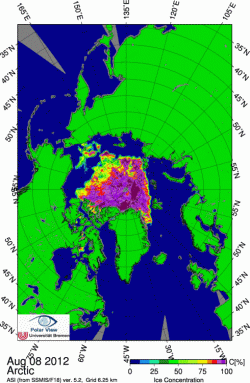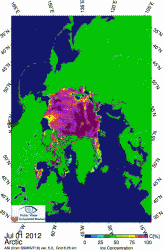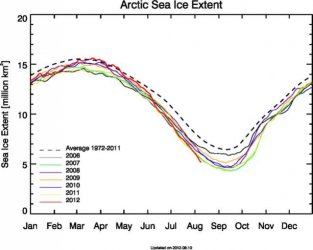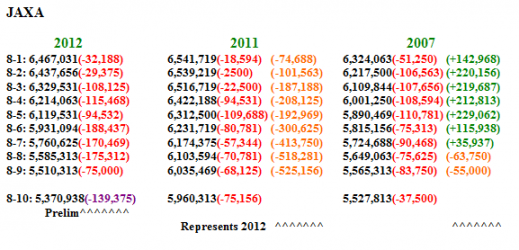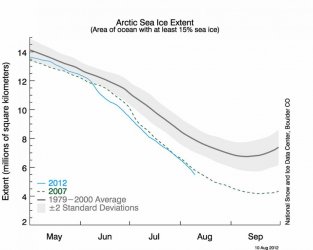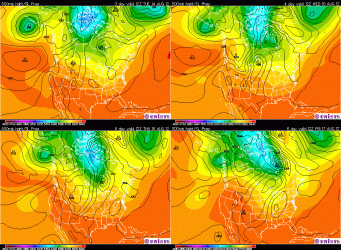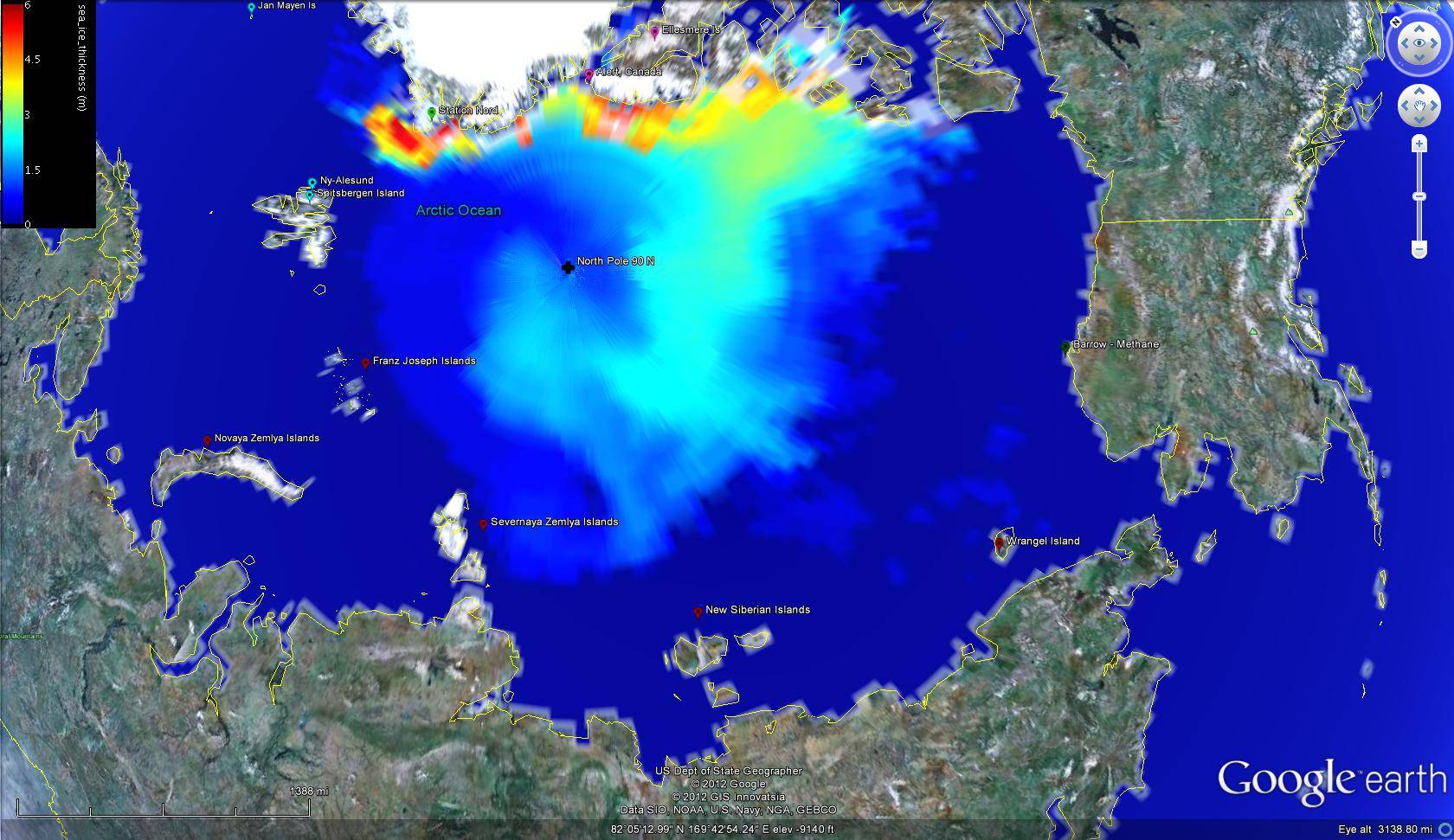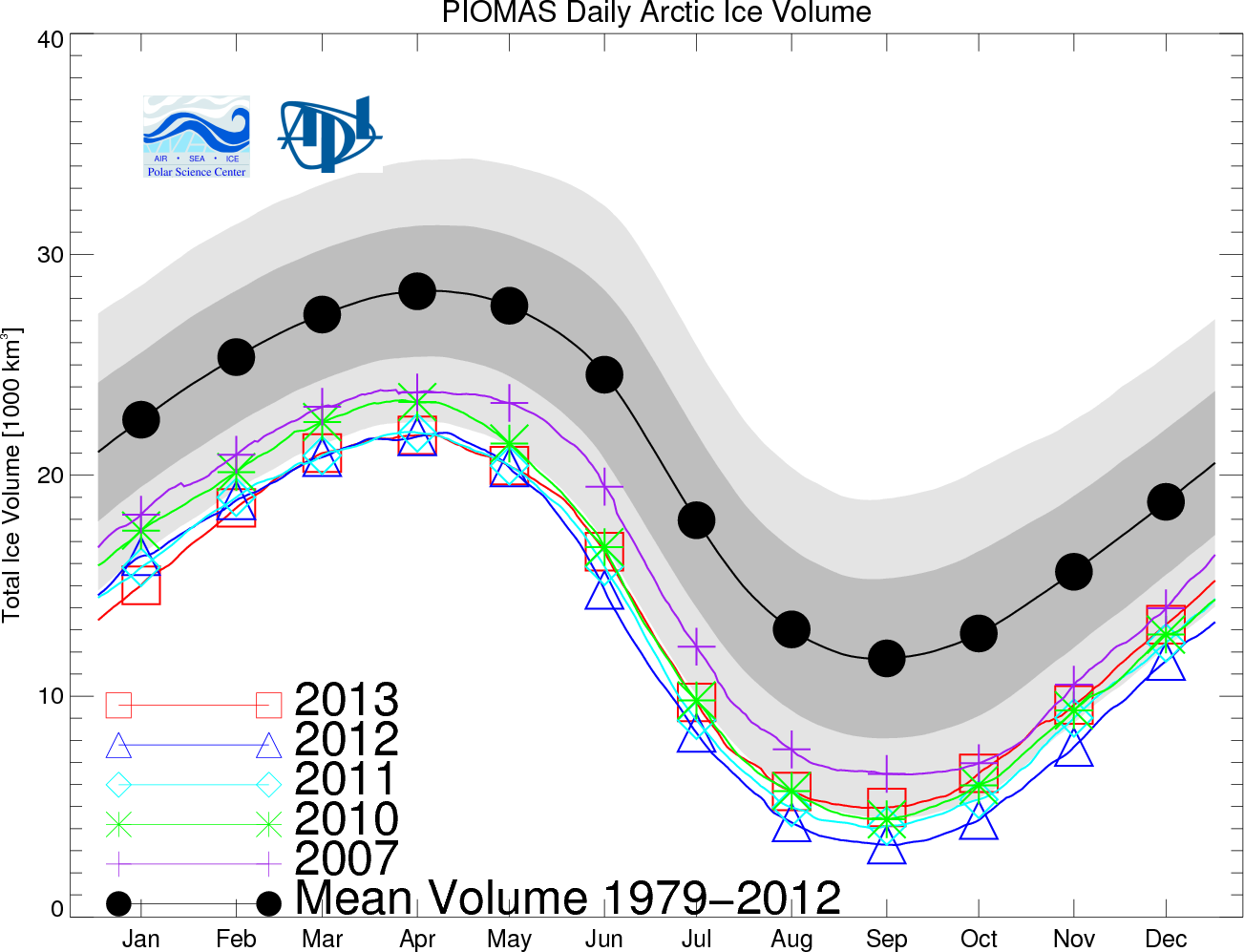- Apr 1, 2011
- 169,997
- 47,201
- 2,180
What is being said here is that at the end of the melt season, as the angle of the sun decreases, the increased temparture of the open water will not prevent the freezeup. Nowhere does it state that this effect will prevent melting when the angle of the sun is higher.
http://soa.arcus.org/sites/soa.arcu...tween-arctic-system-components/pdf/sedlar.pdf
Summary
The surface temperature time series illustrates a series of regimes, where the first few days are at the end of the summer melt season. This regime is followed by a temporary cold period, mainly caused by
advective processes; surface temperature is higher than near surface air temperature. Melt ponds and open water starts freezing and at the end a weather system with new snow passes. This permanently
increases the surface albedo and although cloud radiative forcing is large and positive in the following period, surface temperatures never recover, and as the cloud cover dissapate at the end, the temperatures plunge.
More proof of the ‘climate warming’ hoax: Polar Ice Caps Larger than Long-Term Average, NOAA Satellites Show at US Action News
More proof of the climate warming hoax: Polar Ice Caps Larger than Long-Term Average, NOAA Satellites Show
The earths polar ice caps are no smaller today than they were 30 years ago, when satellites first began accurately measuring polar ice, NOAA satellite data report. The polar ice caps are currently somewhat larger than the 30-year average.
In the Northern Hemisphere, Arctic sea ice is currently 19 percent below the 30-year average. In the Southern Hemisphere, however, Antarctic sea ice has grown to a record extent, continuing a pattern of growth that has been ongoing since NASA launched the NOAA satellite instruments in 1979. The growth in Antarctic sea ice is so extensive that the poles as a whole have more total ice than the 30-year average.
Global warming alarmists and the mainstream media are nevertheless continuing their campaign of deception and deceit, raising alarm about Arctic sea ice as an alleged sign of alarming global warming, while completely ignoring the Antarctic ice cap.
The science journal Nature reports in a July 14 Nature.com article, In a sadly familiar refrain, the Arctic has set another record for losing sea ice. Last month, the extent of sea ice in the Arctic hit the lowest mark for any June since satellite records started in 1979. The article makes no mention of expanding Antarctic sea ice or the overall growth of polar ice.
Mongabay similarly reports, In June the average sea ice extent in the Arctic was the lowest on record for that month, according to the National Snow and Ice Data Center (NSIDC). Measured by satellites, the seasonal movements of Arctic ice have been tracked since 1979 with a dramatic decline observed over the last 30 years. This decline is linked by experts to climate change.
Global warming alarmists wonder why the public no longer believes their cries of alarm, and the mainstream media wonders why they are losing money, audience, and relevance. The answer is concisely illustrated in their claims about the polar ice caps. Global warming alarmists and the mainstream media can cherry-pick and misrepresent facts only so long before the public realizes they would have better luck getting the straight truth from a used car salesman.





